By Flint Whitlock
Welcome to this, our fourth issue! We have packed it like a seabag or field pack with features we are sure you will find of interest.
There’s Ed Miller’s update on one of the finest military books ever written––his 1995 epic about the Hürgten Forest, A Dark and Bloody Ground; Mike Haskew’s piece on the 1943 Allied invasion of Italy at Salerno; Dick Camp’s riveting article on the Marines’ bloody (and perhaps unnecessary) struggle for the island of Peleliu; and John Osborne’s inspiring story about Americans who flew with the Royal Air Force because they simply couldn’t wait for their country to go to war against Nazi Germany.
We also give you Eric Hammel’s overview on how and why decades of misunderstandings between Japan and the United States helped to touch off the Pacific phase of World War II; and Allyn Vannoy’s intriguing piece on the Red Ball Express––the Allies’ lifeline in the ETO.
Then there’s Henrik Lunde’s eye-opening feature on the 1944 campaign that dwarfed Operation Overlord in size and scope––the Soviets’ Operation Bagration.
As icing on this particular cake, we’ve layered on Herb Kugel’s informative memoir about wartime rationing in the United States; Blaine Taylor’s examination of the mysterious death (or assassination) of movie star Leslie Howard; and a look inside the fabulous U.S. Marine Corps Museum.
Yes, there’s a lot to digest, but we trust that you will find it very satisfying.
I was recently reading a brochure published a decade ago by the U.S. Army Center of Military History and there was something in its introduction that struck me––something that I want to share with you:
“World War II was the largest and most violent armed conflict in the history of mankind. However, the half century that now separates us from that conflict has exacted its toll on our collective knowledge. While World War II continues to absorb the interest of military scholars and historians, as well as its veterans, a generation of Americans has grown to maturity largely unaware of the political, social, and military implications of a war that, more than any other, united us as a people with a common purpose.
“Highly relevant today, World War II has much to teach us, not only about the profession of arms, but also about military preparedness, global strategy, and combined operations in the coalition war against fascism.”
Those words rather sum up what this magazine is all about––a vehicle to teach the public about a war that most are too young to remember. The only problem: how do we reach the people for whom military history in general and WWII specifically are not subjects of interest?
We doubt that very many people who abhor all things military (and we all know some of those, don’t we?) will browse through these pages and suddenly be fascinated to learn about the courageous men and women who have sacrificed for a higher ideal.
No, the bulk of the readership of this publication is 99.9 percent made up of people with more than a casual interest in World War II.
After all, people who hate cats don’t subscribe to Cat Fancy and those who have no interest in sports cars probably don’t read Road & Track. And those without the money to sail the ocean don’t subscribe to Yachting.
In other words, are we “preaching to the choir” with this publication? Probably, but that ain’t all bad. WWII Quarterly is, quite obviously, a “niche” magazine, written by and for people for whom the history of “the largest and most violent armed conflict in the history of mankind” is of compelling interest.
Maybe some of our readers are schoolteachers or college professors who will find the articles of interest and will pass the information along to their students. Also, there are many parallels between what was going on in the world some seven decades ago, before the conflict went global (e.g., countries struggling to recover from a severe economic downturn, violent extremists trying to take over the world, an America politically divided, etc.) and what is happening now (e.g., countries struggling to recover from a severe economic downturn, violent extremists trying to take over the world, an America politically divided, etc.). We can learn a lot about today (and tomorrow) by studying the past.
Which is what history is all about, isn’t it?
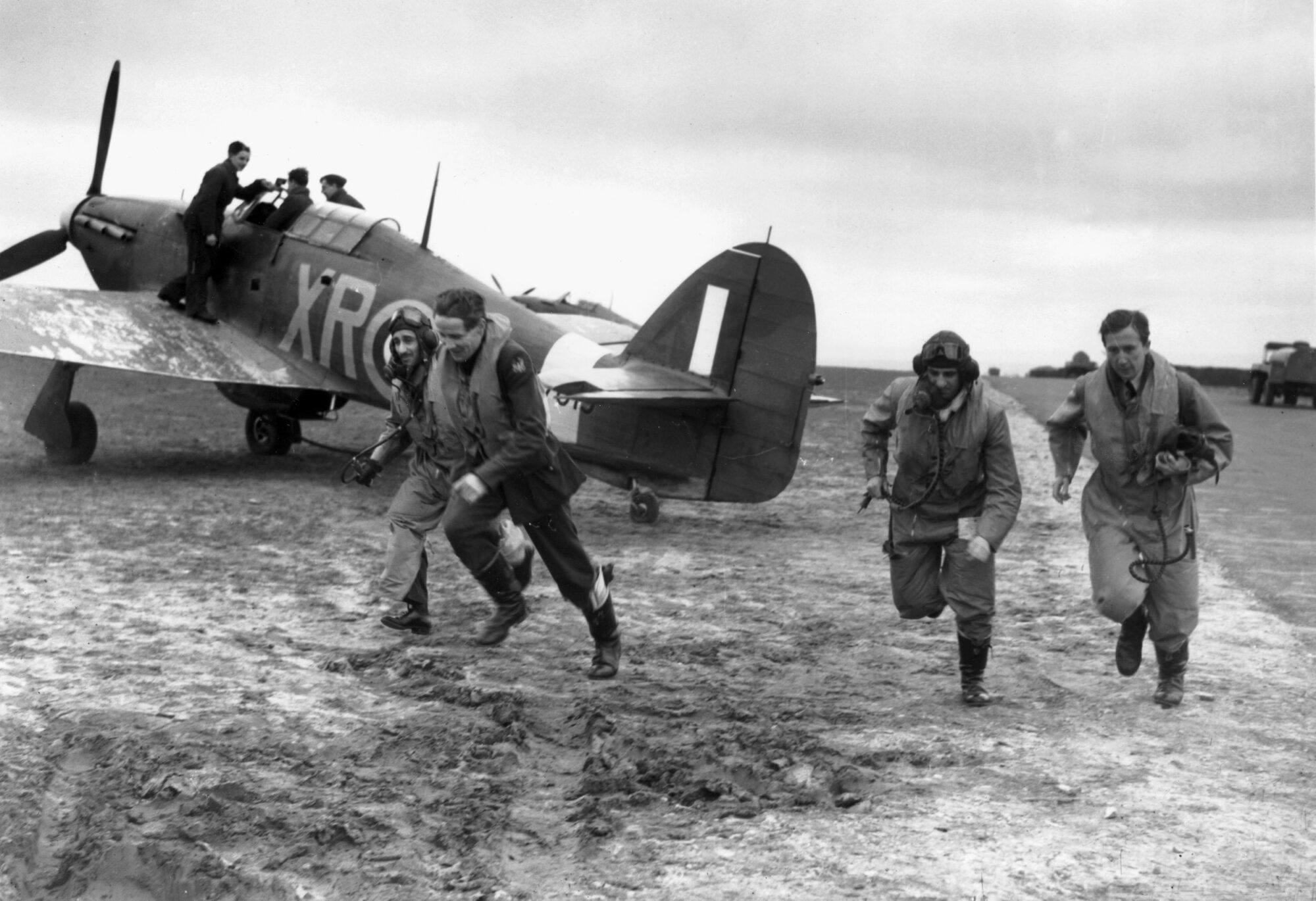
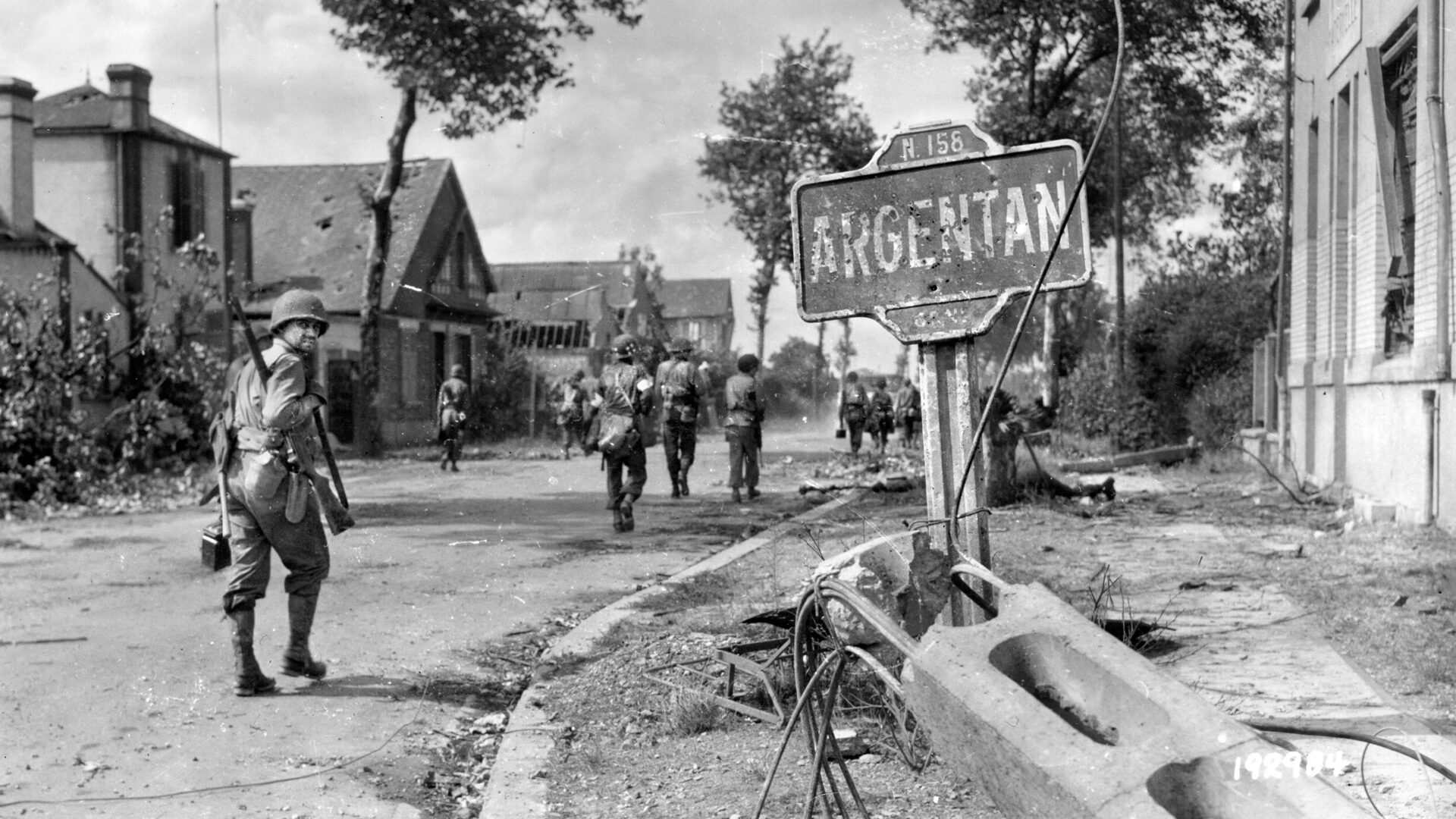
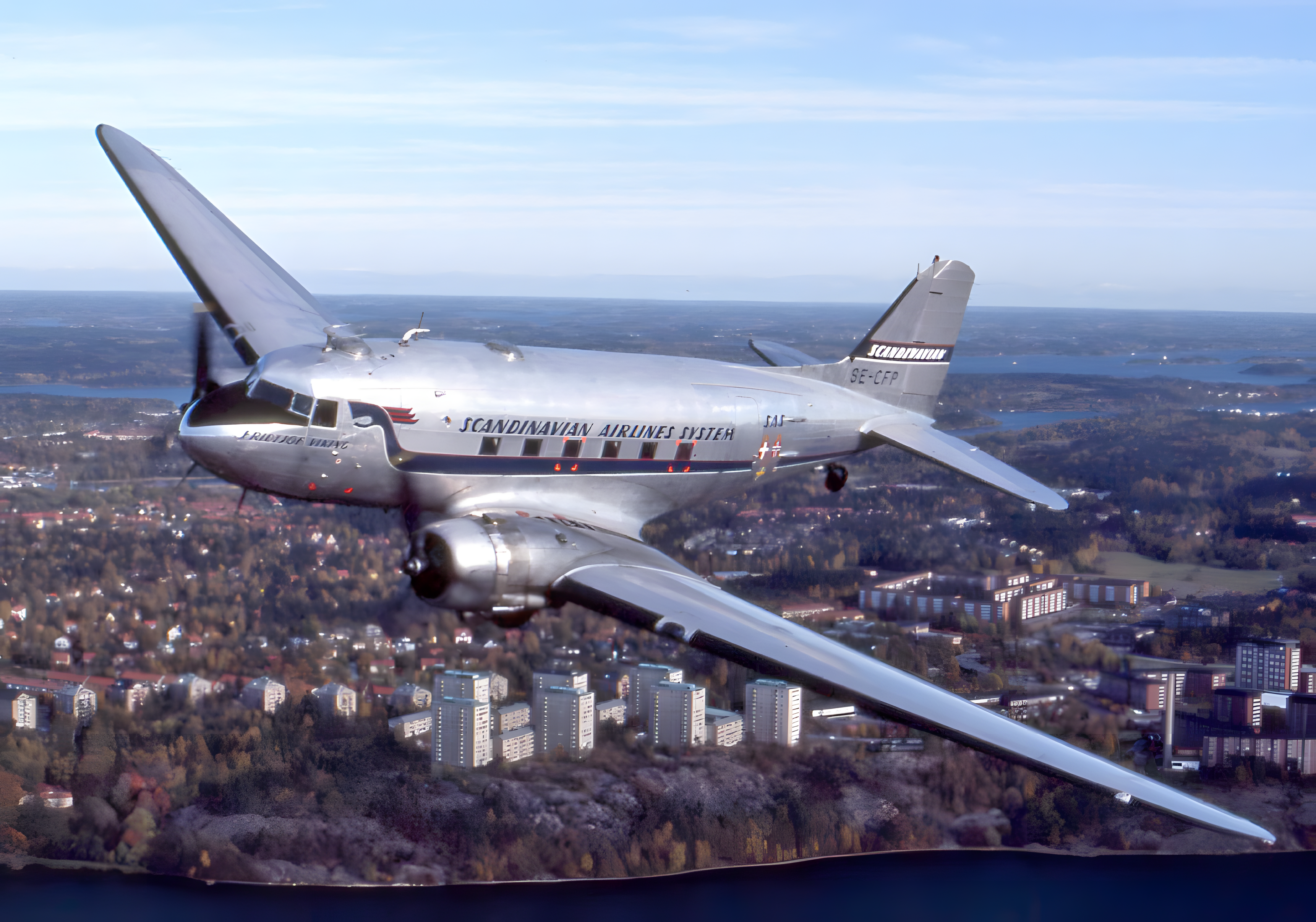
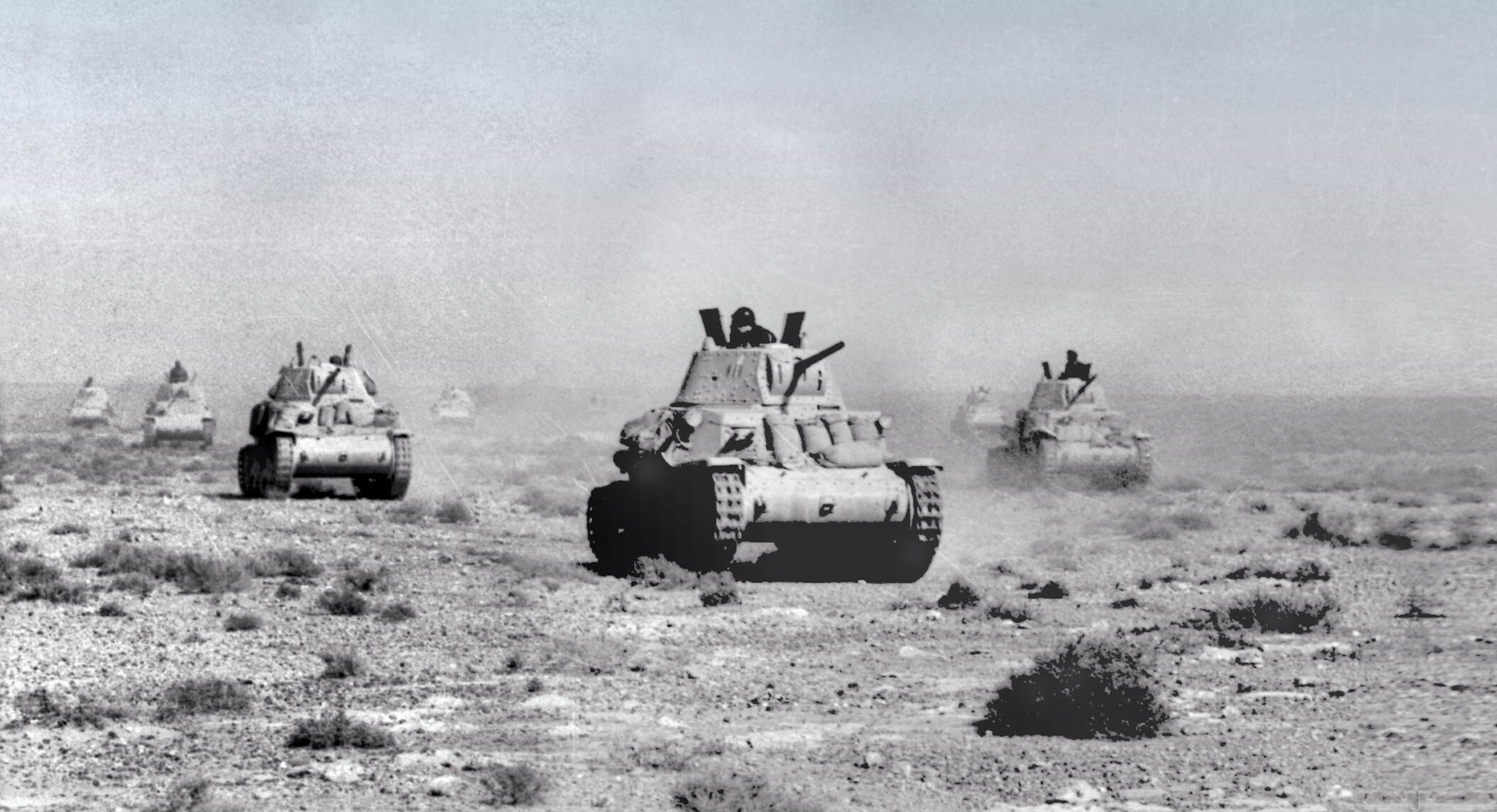
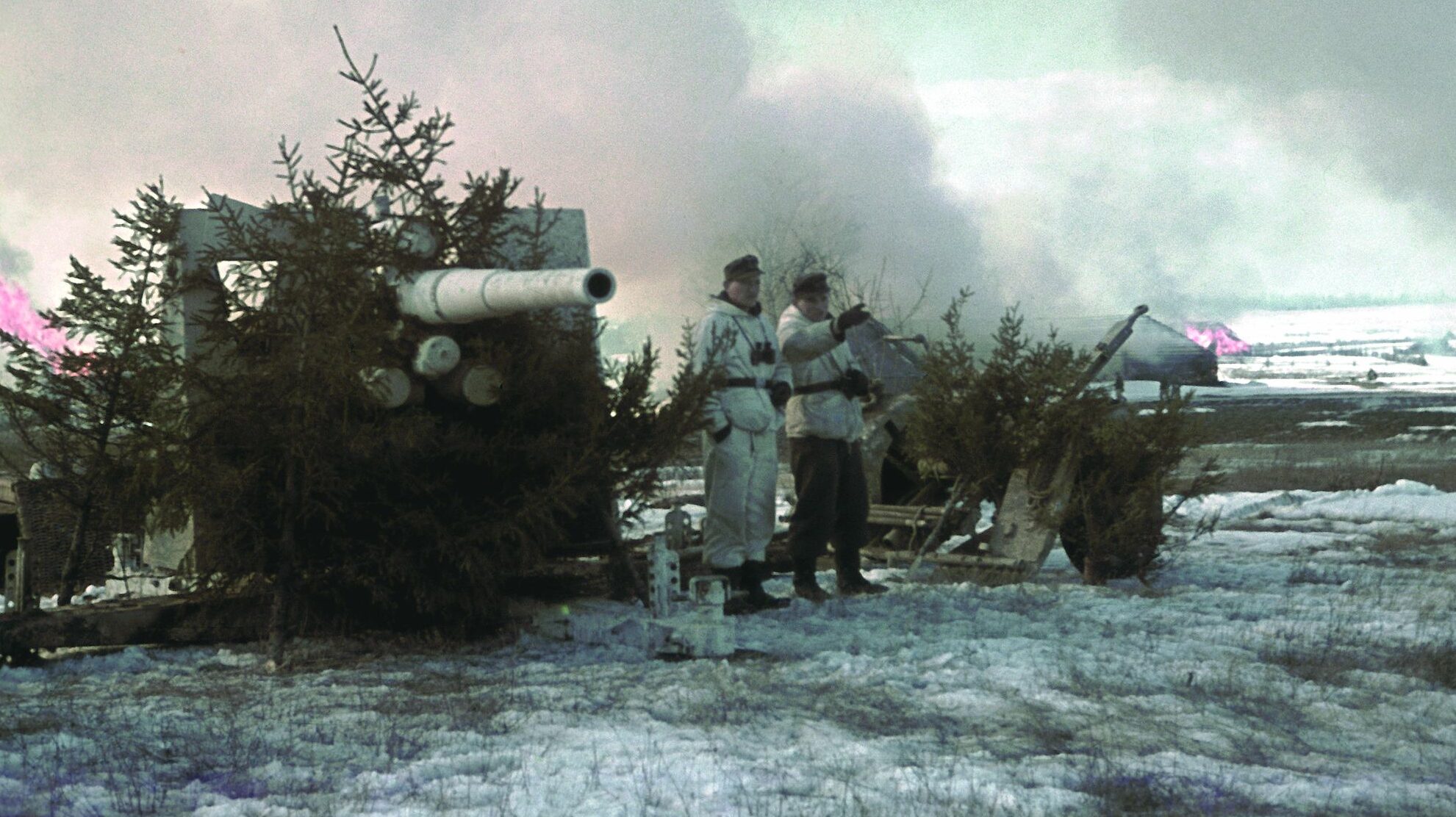
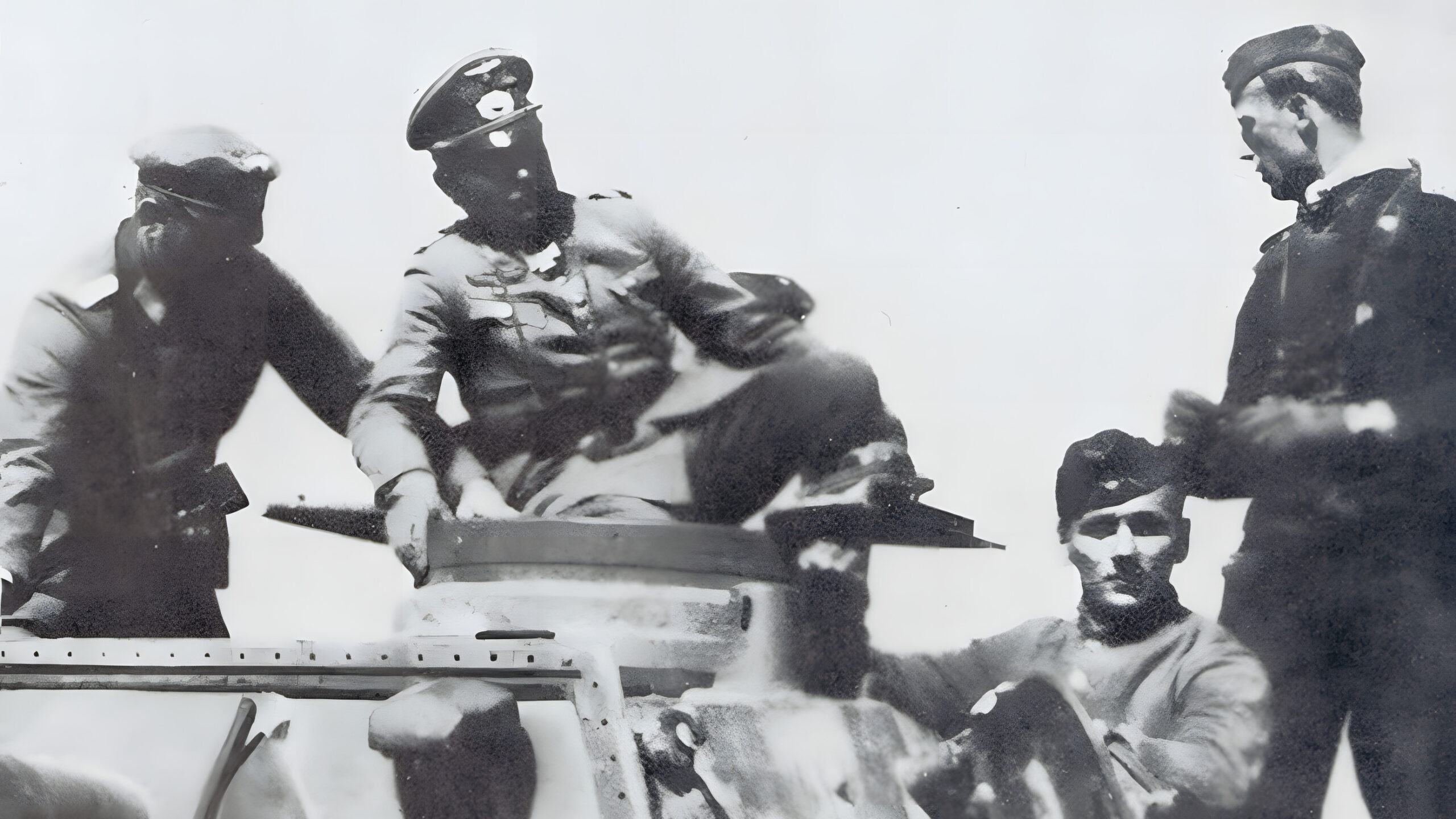
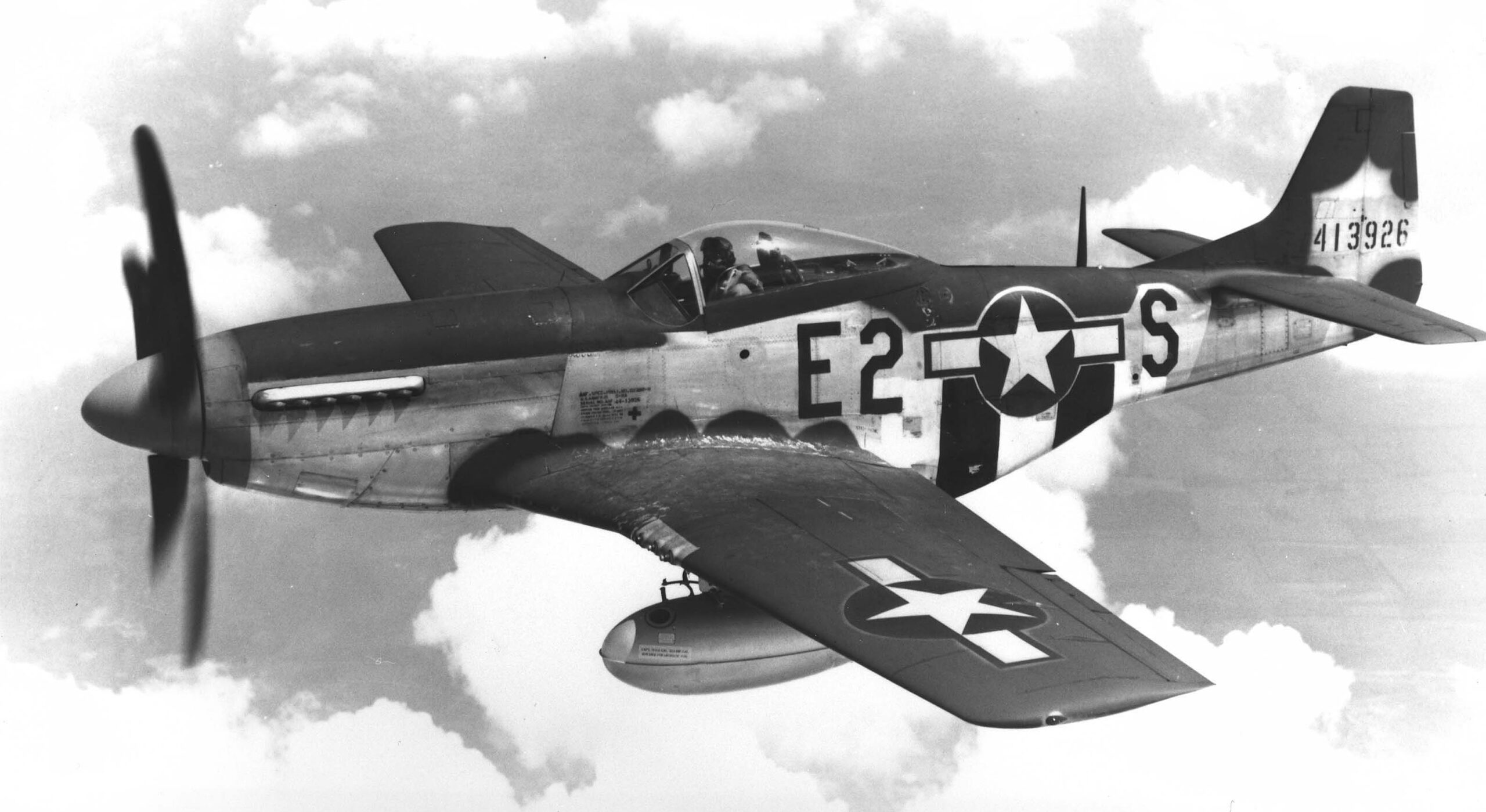
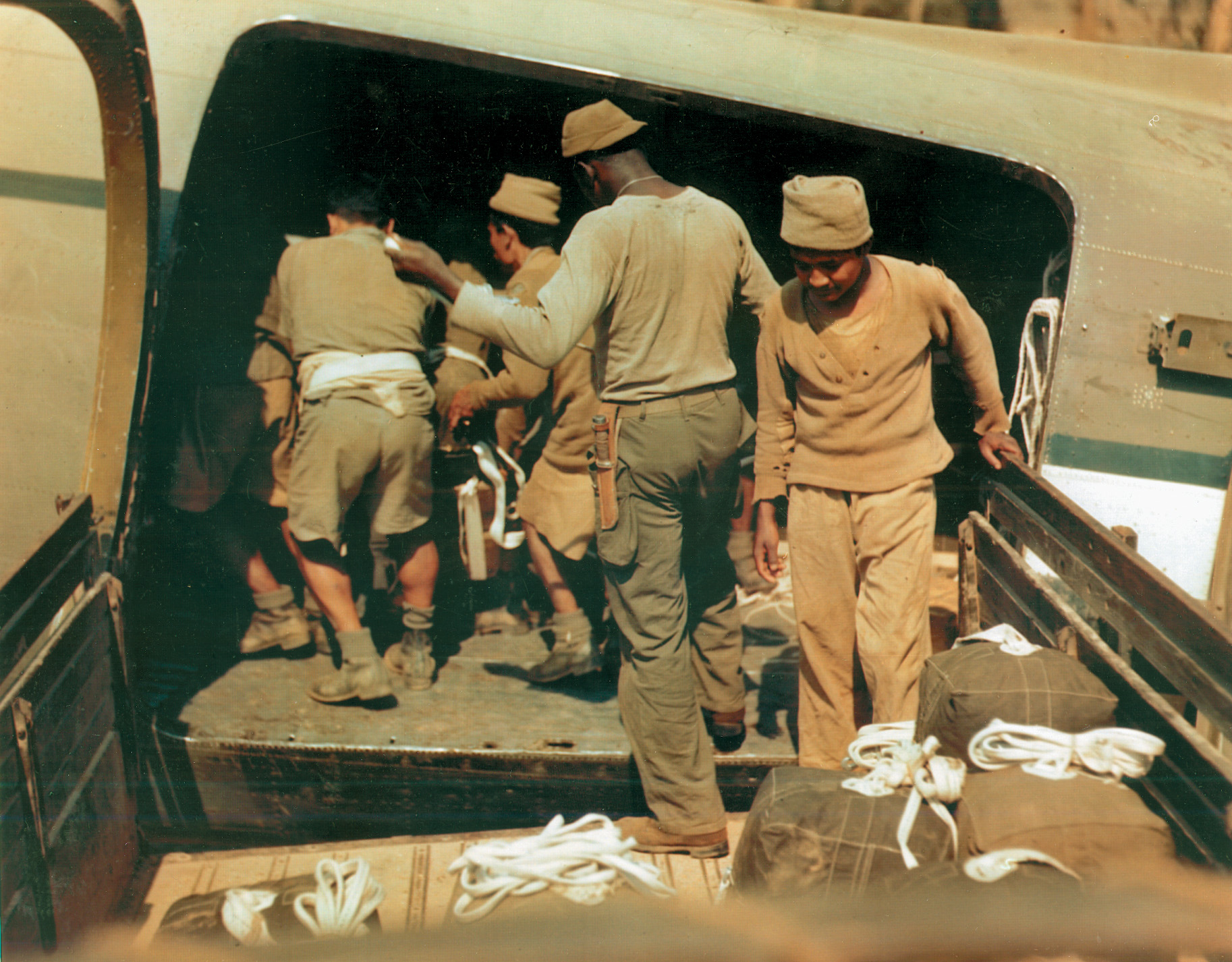
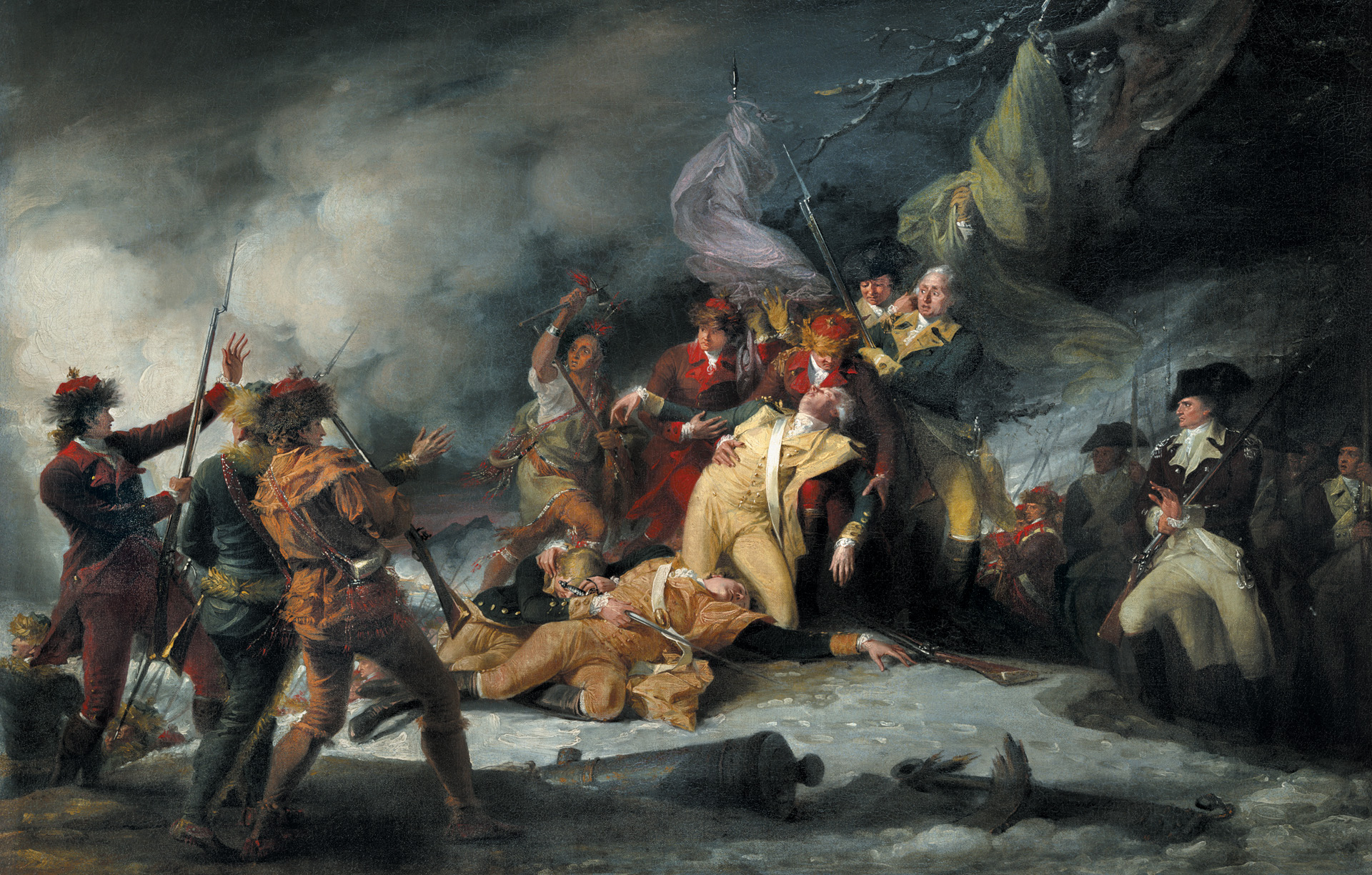
Join The Conversation
Comments
View All Comments